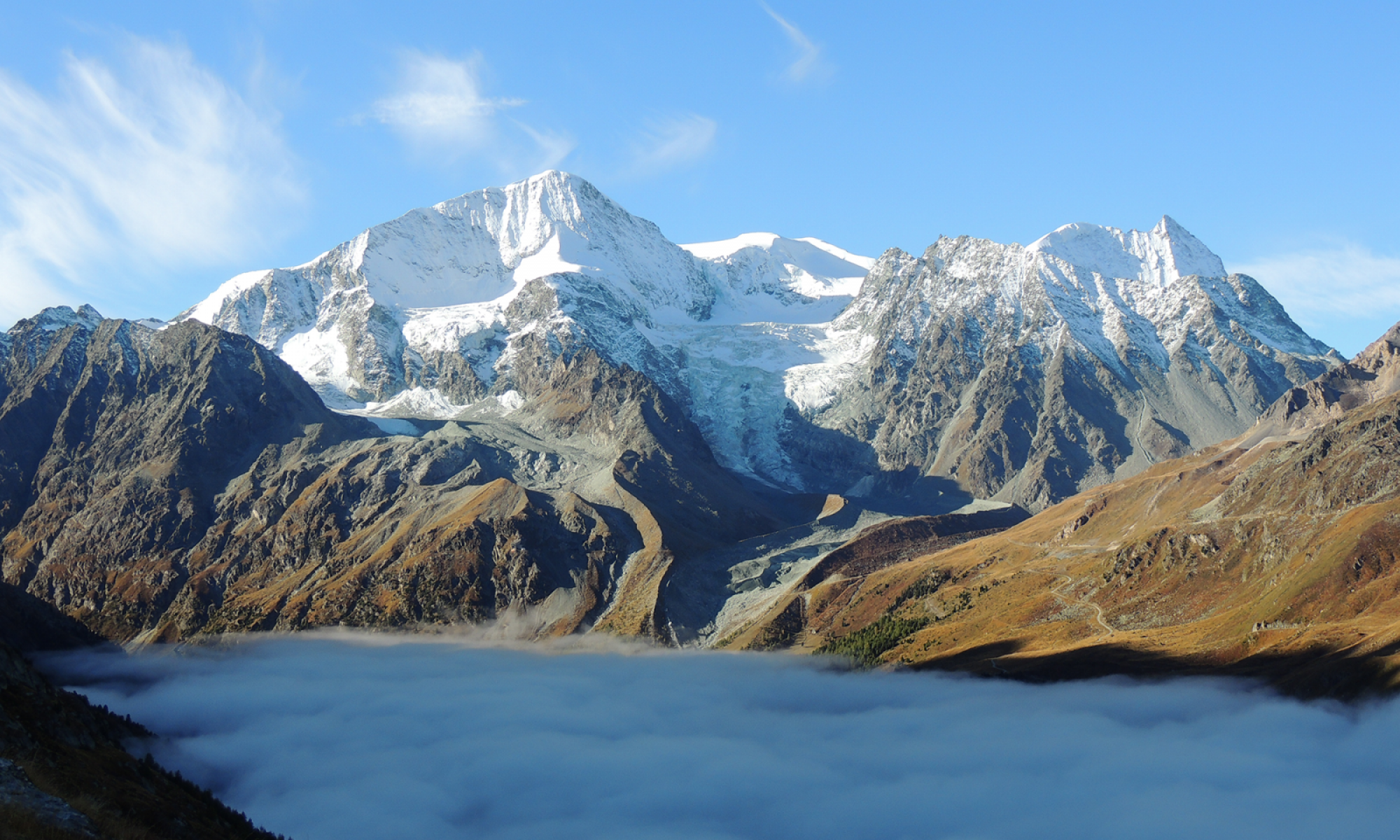UNIL geomorphological legend
The development of the UNIL geomorphological legend started in the late 1980’s, aiming to provide a simple but comprehensive and consistent symbology at the 1 : 10’000 scale. It is primarily a morphogenetic legend, with morphodynamic components (distinction between erosion and accumulation; distinction of activity levels in certain landforms). Its main characteristics can be summarised as follows:
- Colours represent geomorphological process domains :
red: structural
dark green: fluvial
ochre: gravitational
purple: glacial
maroon: periglacial
turquoise: karst
dark red: nival
dark blue: lacustrine and marine
yellow: aeolian
grey: anthropic
- Landforms are represented by standard symbols drawn in the colour of the corresponding process domain.
- Erosion and accumulation surfaces are distinguished by the background colour. Erosional landforms have a transparent background, while accumulations have a light background in the colour of the corresponding process domain.
The spatial distribution of colours therefore gives an overview of dominating processes and their relative importance.
The legend was first developped for Adobe Illustrator in the 90’s. It was then adapted for ArcGIS users in 2013 (see below). Finally, a QGIS version has been devopped and is proposed since 2025 (see below). A selected list of contributions using the Unil legend can be downloaded here.
Versions
ArcGIS
This version is designed for use in ArcGIS (see presentation poster on right). It is distributed as a blank GeoDataBase file. Setup instructions in ArcGIS Pro are provided below.
The comprehensive Val d’Hérens geomorphological map was established with this version (Lambiel et al., 2016, Maillard et al., 2013). Recently, new symbols were added for aeolian and coastal processes and landforms.
QGIS
This version is under development and should be available in the fall of 2025. It will be distributed as a GeoPackage with an independent Styled Layer Descriptor file.
